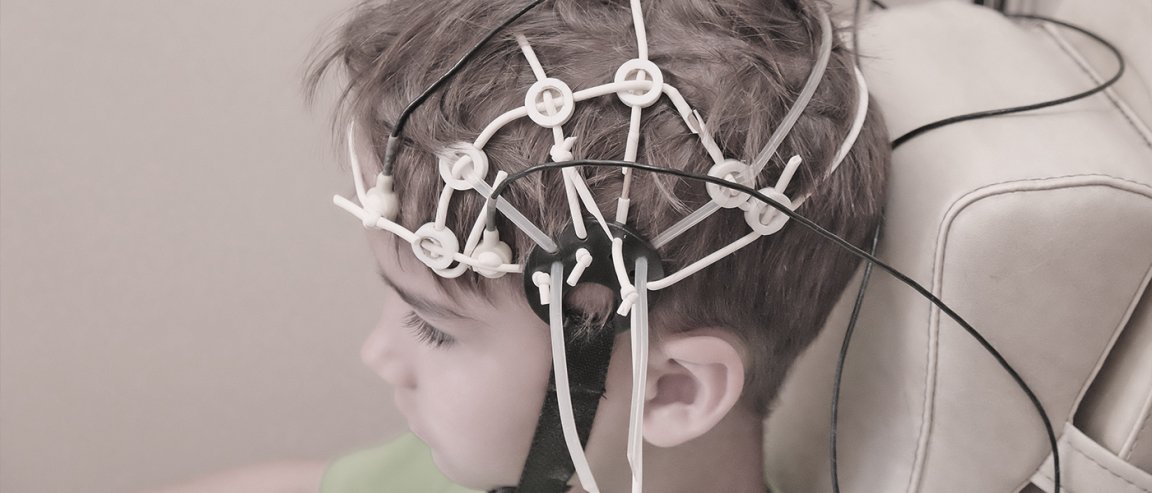
Speaking Without a Single Word
Imagine living in a world in which verbal communication is no longer required, a society in which telepathy is the norm, where people would be able to “speak” to each other using only their thoughts.
Scientists have long been contemplating the possibilities of brain-to-brain communication in humans, and it appears as though their dreams could become a reality within the next year or so. Such a system would be made possible via major advances in the technology that have been achieved via recent trials involving animals.
In one study, three monkeys were connected through individual brain implants, then placed in separate rooms. They were given the task of controlling a virtual arm on screen, a task they could only complete successfully if they worked together. In the end, they did. According to Miguel Nicolelis, the study’s lead author, “They synchronized their brains and they achieved the task by creating a superbrain — a structure that is the combination of three brains.”

Alternatively, another experiment that tested brain synchronicity in four rats was able to accomplish similar results. After 10 trials, scientists found that the rats were able to think as one 61 percent of the time. They gained higher accuracy in solving simple problems when they combined minds.
More recently, the research has focused on humans. In one study, researchers placed two people in separate rooms and gave them the task of playing a game of 20 questions on a computer using only their minds. They transmitted “yes” or “no” answers with the help of an EEG cap, which tracked the brain activity of one person and triggered an electrical current in the other person’s brain.
The Future of Brain Communication
One day, we could attempt to take it up another notch in order to detect individual thought processes. These thoughts could be transmitted to another person, influencing the decisions they make.
This could be an enormous game changer for people with paralysis and other medical conditions that prevent them from being able to perform physical tasks. For example, assembling a robotic suit equipped with brainet, a synchronization of multiple brains acting as an organic computer, could allow people to receive help from others when learning how to use an exoskeleton to regain movement.
For now, it’s proving quite difficult to create a device that mimics pure telepathy. Our brains are unique, and each of us thinks differently, our thoughts being influenced by our individual memories and experiences. The resulting brain patterns make it hard for neuroscientists to develop brain-to-brain communication, but if they can reveal an individual’s patterns of thought, they could potentially use another person’s brain activity to trigger those thoughts.